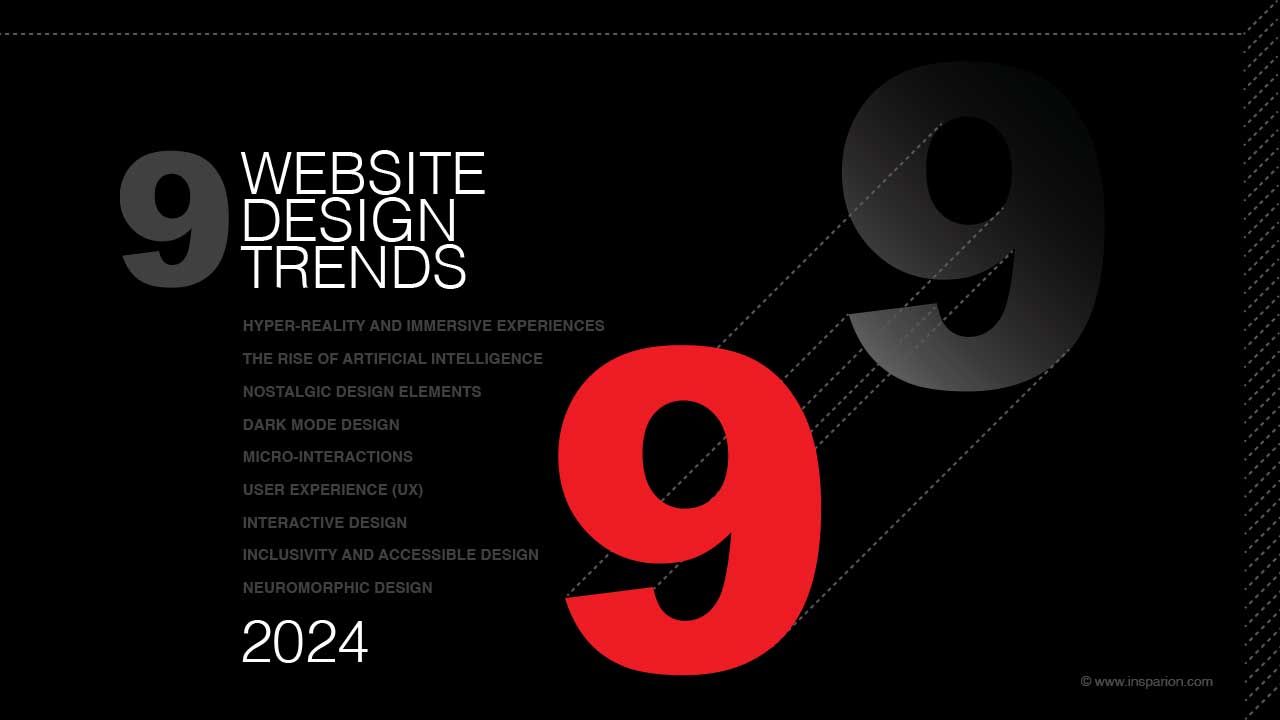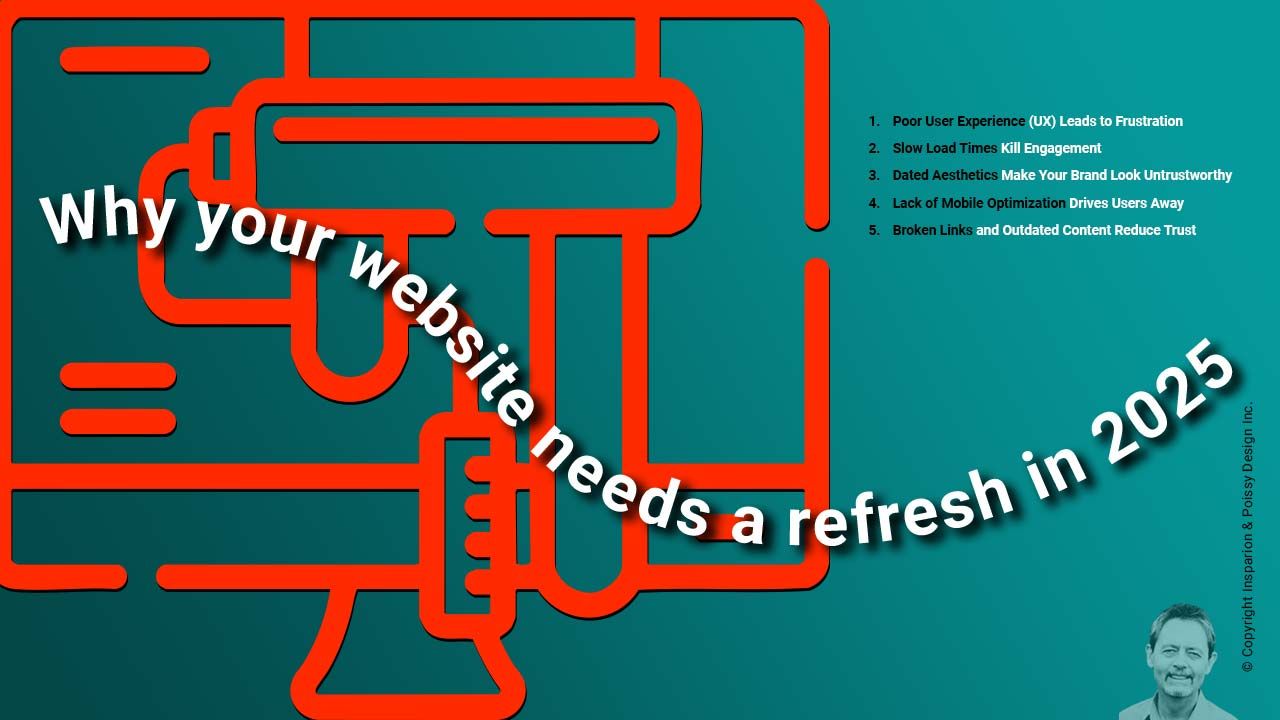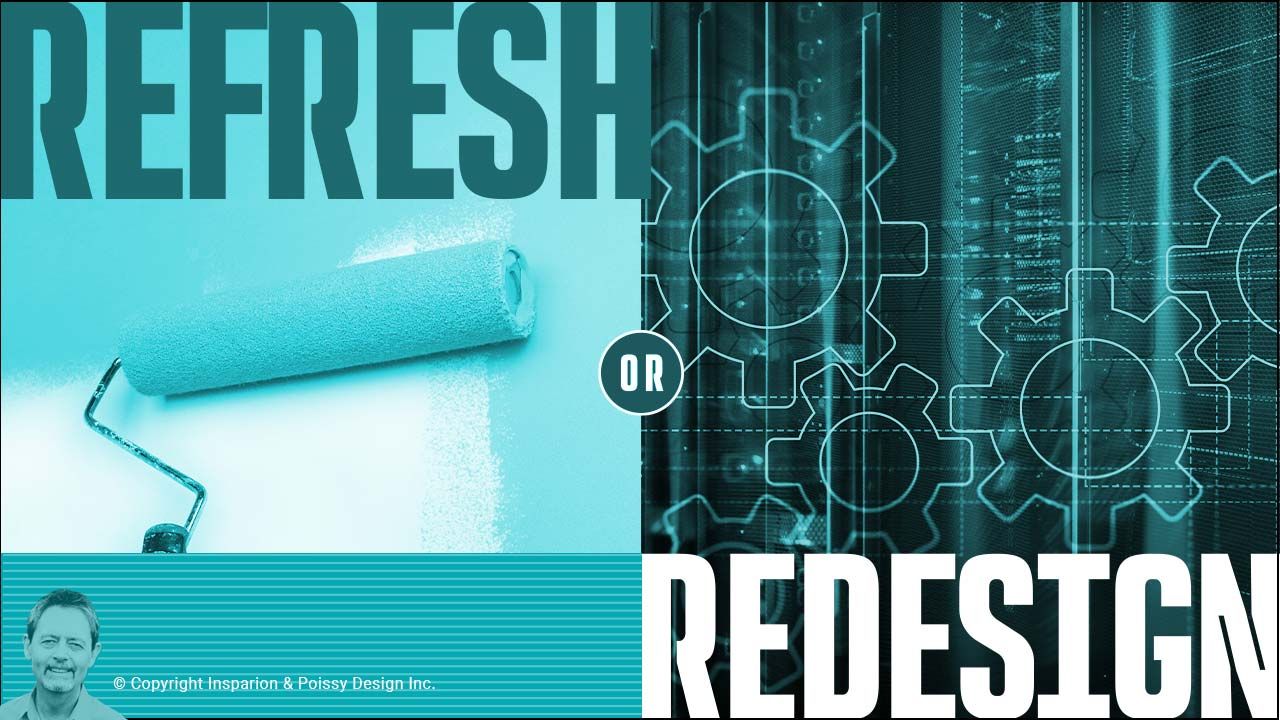
Website Design Trends: What to Expect in the Coming Years
Sep 01, 2024In the rapidly evolving digital design world, website design trends play a crucial role in shaping how users interact with online content. As technology advances and user expectations shift, staying informed about these trends is essential for designers and businesses. From embracing artificial intelligence to prioritizing inclusivity, the future of web design is not just about aesthetics but also about enhancing user experience and engagement. This article will explore key trends expected to redefine website design in the coming years.
1. User Experience (UX) Takes Center Stage
User experience continues to dominate website design. Designers increasingly focus on creating seamless, intuitive interactions that cater to users’ needs. According to the Nielsen Norman Group, prioritizing usability, navigation, and accessibility ensures that websites are enjoyable and easy to use for everyone. Brands that focus on UX will likely see increased user satisfaction and loyalty, making it a vital aspect of modern web design.
2. The Rise of Artificial Intelligence
Artificial intelligence (AI) is revolutionizing web design by automating tasks, improving personalization, and providing data-driven insights. For example, AI tools can enhance user experiences by optimizing layouts, color schemes, and typography. Designers can also streamline their workflows with AI-powered tools that suggest creative design elements or improve accessibility. For more on how AI is reshaping the design process, check out this article for deeper insights into AI's role in web development and design.
3. Dark Mode Design
Dark mode has gained popularity due to its aesthetic appeal and benefits for reducing eye strain. Many websites now offer dark mode options to enhance user comfort and engagement. This trend reflects a growing preference for flexibility in design, allowing users to choose their viewing experience. You can read about the popularity of dark mode in a detailed article at AppMaster.
4. Nostalgic Design Elements
Nostalgia is a powerful emotion that can significantly impact user engagement. Designers are incorporating vintage elements, retro typography, and classic layouts to evoke fond memories and create a sense of familiarity. This trend resonates particularly well with audiences seeking authenticity and connection with the brands they engage with. For more on the impact of nostalgia in design, check out this article from Visual Design Journey.
5. Micro-Interactions
Micro-interactions—small animations or design elements that provide feedback during user interactions—are becoming a staple in web design. These subtle details enhance user engagement by making websites feel more dynamic and responsive. Designers use micro-interactions to guide users through processes, such as form submissions or navigation, improving overall usability. To learn more about micro-interactions, visit In Vision.
6. Hyper-Reality and Immersive Experiences
Designers are exploring hyper-reality and immersive experiences as technology advances to captivate users. This trend includes using augmented reality (AR) and virtual reality (VR) elements, allowing users to engage with content in new and exciting ways. By incorporating these technologies, brands can create memorable and interactive experiences that set them apart. Read more on the potential of AR/VR in web design at Toptal.
7. Inclusivity and Accessible Design
Inclusive design ensures that websites cater to diverse audiences, including those with disabilities. This trend emphasizes the importance of accessibility features, such as screen readers, alternative text for images, and keyboard navigation. As awareness of social responsibility grows, brands prioritizing inclusivity in their web design will likely attract a broader audience and foster positive brand perception. For insights into inclusive design practices, refer to W3C Web Accessibility.
8. Neuromorphic Design
Neuromorphic design mimics real-world materials and textures, creating a sense of familiarity and depth in digital interfaces. This trend is gaining traction as designers seek to bridge the gap between physical and digital experiences. By incorporating shadows, gradients, and tactile elements, websites can feel more immersive and engaging. To explore neuromorphic design further, check out the article on Builtin.
9. Interactive Design
Interactive design engages users through dynamic content and responsive elements. This trend encourages user participation, making websites feel more alive and engaging. From interactive infographics to gamified experiences, designers are finding innovative ways to captivate users and keep them coming back for more. You can learn more about interactive design at Interaction Design Foundation.
Conclusion
Staying ahead of website design trends is essential for businesses aiming to create compelling online experiences. By embracing user-centric design, integrating advanced technologies, and focusing on inclusivity, brands can ensure they remain relevant and resonate with their audiences. As we look to the future, these trends will shape how we interact with the digital world, creating more engaging, efficient, and enjoyable experiences for users everywhere.






